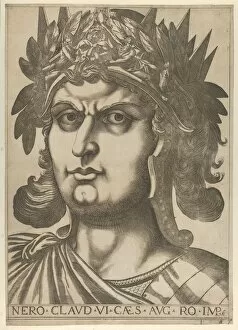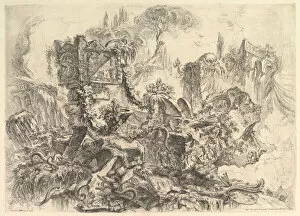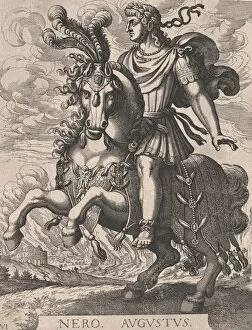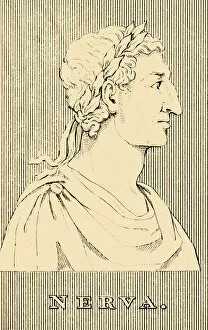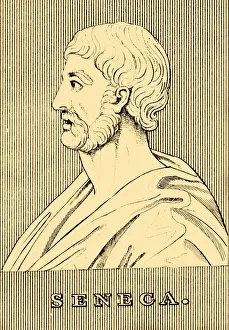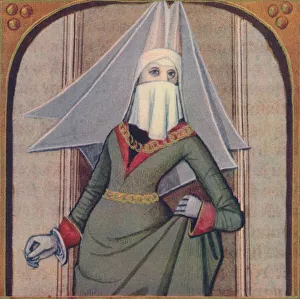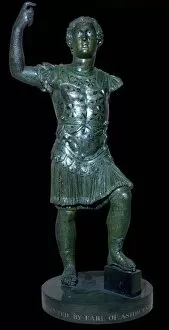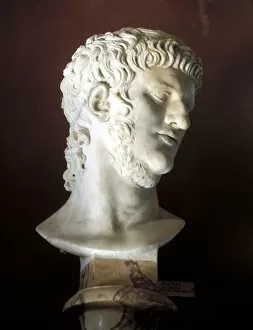Lucius Domitius Ahenobarbus Collection
Lucius Domitius Ahenobarbus, better known as Nero, was a complex and controversial figure in ancient Rome
All Professionally Made to Order for Quick Shipping
Lucius Domitius Ahenobarbus, better known as Nero, was a complex and controversial figure in ancient Rome. His reign was marked by both grand achievements and heinous acts that continue to captivate historians today. One of the most infamous events associated with Nero is the Burning of Christians at Rome. This horrific act, depicted in Neros Torches - Burning of Christians at Rome, 1890, showcases the emperor's ruthless nature and disregard for human life. But there is more to Nero than just his atrocities. The Denarius (Coin) Portraying Ahenobarbus from 41 BCE reveals a young man full of ambition and potential. Little did anyone know that this coin would foreshadow the rise of one of history's most notorious emperors. In Plate 6: Nero with his head turned slightly to the right, from The Twelve Caesars, we catch a glimpse into Nero's physical appearance. His youthful face hides a multitude of complexities that would later define his rule. Nero's military endeavors are also well-documented. The Brick Tower and Musculus at the Siege of Marseilles engraving depicts his strategic prowess during warfare, and is through such conquests that he sought to solidify his power within the Roman Empire. The Statue of the young Nero (37-68 AD) c. 54 captures him in all his regal splendor. Crafted from marble, this sculpture immortalizes an emperor who believed himself divine and demanded unwavering loyalty from those around him. Even in death, Nero left behind an indelible mark on history. The Tomb of Nero stands as a testament to both fear and fascination surrounding this enigmatic ruler. Its construction remains shrouded in mystery but serves as a reminder that even emperors meet their ultimate fate. Artistic interpretations further perpetuate our intrigue with Nero's legacy.


